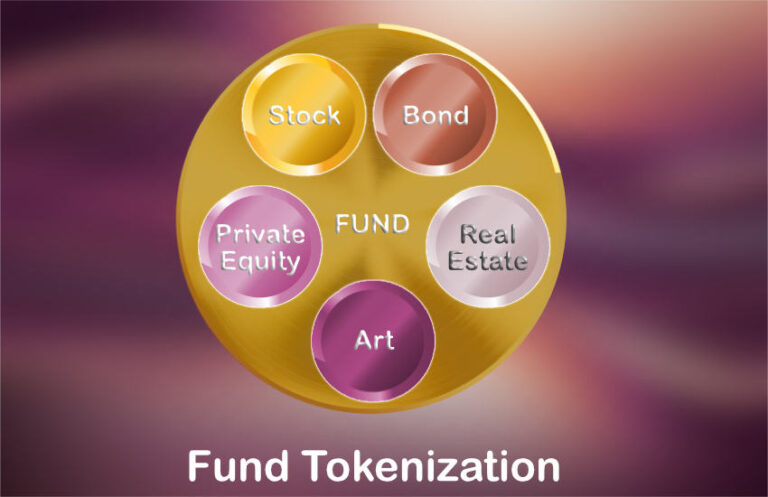
Source: www.ledgerinsights.com
This is a guest opinion post by Adam Belding, CTO of calastone.
Tokenization has become a topic of increasing interest to asset managers in recent years as they respond to changing investor expectations. The ability to reconstitute and distribute any number of complex assets as digital entities, lowering both the barriers to entry and the cost of trading, is attractive on multiple levels. It promises to satisfy the appetite for more personalized products of a new generation of clients, as well as address long-standing pain points around the efficiency and cost of investing in funds.
Not surprisingly, the tokenization debate has started to enter the mainstream, with more than half of asset managers in Europe now exploring it as a possibility. Regulators are also joining the party, with pilot projects around tokenized assets underway or planned in Singapore, Hong Kong and the EU. The question is no longer whether the asset management industry will embrace tokenization, but rather how and which approaches have the most benefit for funds and their investors alike.
Tokenization is a broad church where interpretations can vary as to what exactly the goal is and how deep the digitization should go. There is a minimalist approach, already present in the market, which focuses on tokenizing the units of a traditional mutual fund. By allowing these to be traded on a blockchain, with all transactions recorded in a digital ledger, theoretically introducing a higher level of administrative efficiency, but without addressing the deeper issues of fund structure and distribution. . It is a step forward, but perhaps just a taste of what tokenization can offer.
More ambitious, but no less achievable, is the maximalist approach, which holds that not only the units of a fund should be tokenized, but also the underlying assets. The benefits of this start with much broader access to a more diverse set of assets and fractional ownership of entities, from private equity funds to real estate and high-end investments like wine and art. Tokenization can help bring these alternative assets, once largely confined to the richest institutions and individuals, into the mainstream, at a time when interest in them continues to grow: a recent survey found that investors The UK and Europe are increasingly seeking alternatives as they look to diversify their portfolios and protect them from inflation.
The benefits of tokenization go beyond this broader menu. Once the assets themselves have been tokenized, the way is open for automation and transparency across the entire value chain, from pricing to settlement, analysis, and fund management. It’s not just about optimizing the mutual fund, but fundamentally redesigning it for the on-demand digital world: where what the customer orders at the touch of a button can be delivered almost as quickly.
It is this maximalist vision of tokenization that Calastone has been promoting through our Distributed Marketplace Infrastructure (DMI), which connects over 3,500 asset management organizations, allowing them to access and share data in real time, backed by secure permissions, that’s the foundation. digitization throughout the value chain of funds. This is our operating model for tokenization, one that we are now presenting to regulators and in which we collaborate with three major global asset managers. While we are still investing heavily in technology to optimize traditional mutual funds, we are also building for a future where funds can be built on a new platform for crowdfunding, enabled by tokenization.
While tokenization in any form will represent progress for both asset managers and their clients, its full benefits will only be realized when the push to digitize is applied to all aspects of how a fund is structured and operated. The advantages of transacting digitally and in real time must extend throughout the value chain, targeting inefficiencies in the complex operational web that is the mutual fund ecosystem, and opening the door to new asset classes for all.
The maximalist approach not only promises efficiency and transparency, with the consequent economic benefits. It also points to a future in which asset managers can radically revise their client offerings, tailoring products to the individual and drawing on a broad asset base to suit an investor’s interests and risk tolerance. An industry that has been built around one-size-fits-all products may increasingly consider how to provide each customer with the personalized service that has hitherto only been affordable to very high net worth individuals.
All of this is quickly going from theory to reality as regulators get involved in tokenization efforts and major asset managers move forward with their plans. The potential of tokenization is increasingly recognized. However, that will only be fully unleashed through a holistic approach that goes beyond edge tweaks. Asset managers who take an ambitious approach to tokenization are likely to be better placed as the landscape changes. This is a revolution that will reward those bold enough to build from the bottom up.
Read More at www.ledgerinsights.com